Porridge: the easy, nutritious recipe for a hearty Scottish breakfast
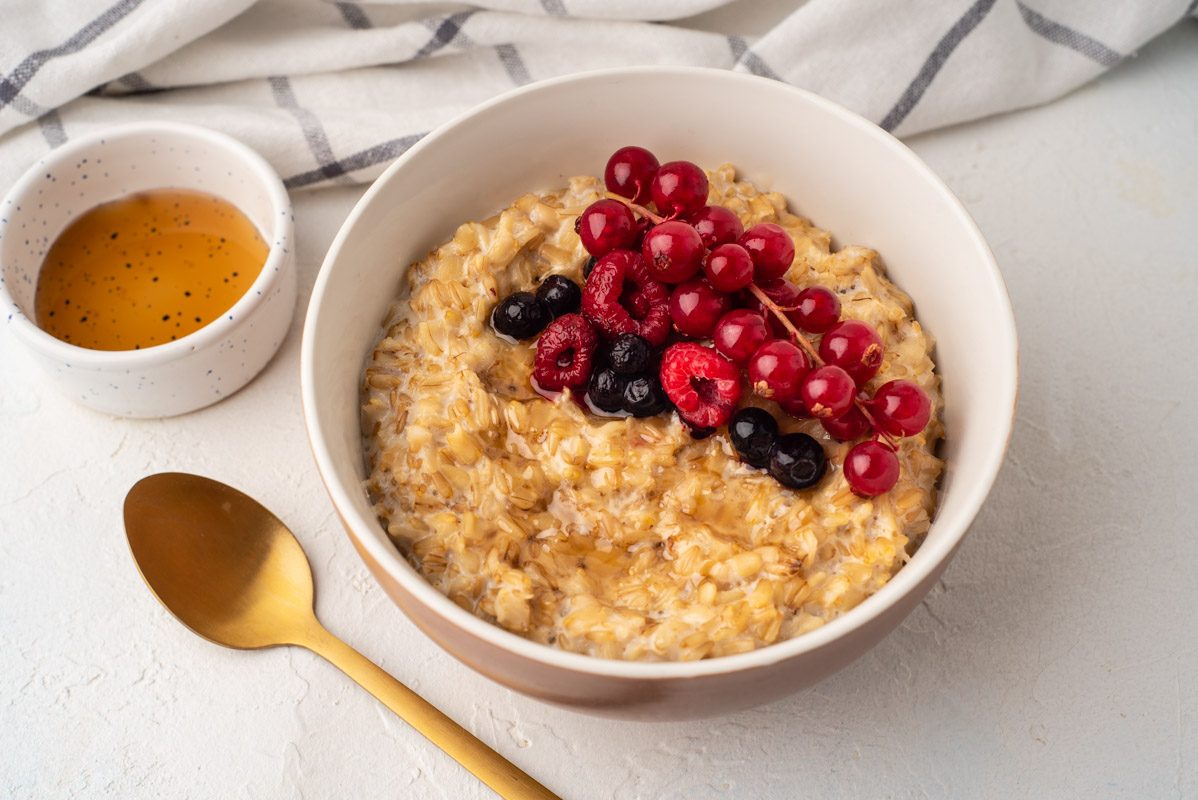;Resize,width=742;)
For an easy, nutritious meal you can make for breakfast, there's nothing like a hearty bowl of homemade porridge in the morning. With its thick, creamy texture, porridge is the perfect breakfast to keep you feeling full all morning long.
Porridge is enjoyed throughout the UK, but Scotland is especially famous for its fantastic porridge. Traditional Scottish porridge is often made using a 1:3 ratio of oats to liquid, however, if you prefer a thicker porridge, you can use less liquid.
You can make your porridge sweet or savory. Add extra ingredients like fruit, honey, golden syrup, nuts, or cream to tailor your porridge to your tastes.

Porridge vs. Oatmeal
Although porridge is often made from oatmeal, technically, porridge can be from any type of grain, legume, or cereal that's been cooked in a liquid – usually milk, water, or broth. Porridge can be made from oats, barley, corn, wheat, rice, and so on. Oatmeal is prepared in a similar way to porridge but is always made from oats.
How to Make Porridge
Making creamy, thick Scottish porridge is super easy and if you use rolled oats, doesn't take too long to make. Grab a small saucepan and add in the oats, milk, and salt. Let mixture come to a gentle boil, stirring constantly as the mixture thickens.
Once boiling, reduce the heat and keep the porridge simmering for 10 to 15 minutes, or until it reaches your desired consistency. Take the pot off the heat and leave the porridge for 1 to 2 minutes. Transfer the porridge to a bowl, add desired toppings, and serve.
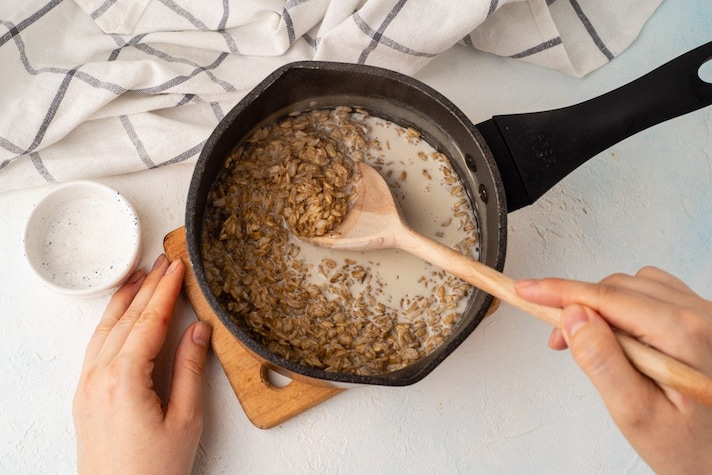
Porridge Variations
You can use water or plant-based milk instead of whole milk if you want to make vegan-friendly porridge.
Top your porridge with cream, fresh berries, bananas, fruit preserves, or your preferred sweetener. Golden syrup, maple syrup, honey, or a sprinkle of brown sugar are all wonderful. You can also use stevia or erythritol if you're watching your sugar intake.
Can You Make Porridge in the Microwave?
Yes! You can make porridge in the microwave. Combine the ingredients in a microwave-safe bowl and microwave the porridge for 2 ½ minutes on high. Stir the porridge, then cook it for another 2 ½ minutes. Let it rest for 1 to 2 minutes before adding toppings and serving.

Tips for the Best Porridge
If your porridge is too thick, thin it out with extra milk or water.
Use rolled oats to make porridge – they don't take as long to cook as pinhead or steel-cut oats (also known as porridge oats). If you decide to use steel-cut or pinhead oats, try soaking them overnight. This will cut the cooking time down in the morning.
Don't forget to add a pinch of salt. It adds flavor to the porridge without making it overly salty – especially if you add other ingredients.
Top your porridge with fresh fruit, nut butter, jam, or cream.
Make sure to stir your porridge constantly. This helps make it creamy instead of mushy and full of lumps.
How to Store Porridge
Let the porridge cool slightly, then transfer it to an airtight container. Store it in the fridge for up to 2 days.
Reheat it in the microwave or on the stovetop – just don't forget to add a little extra milk or water when reheating it.
Ingredients
Instructions
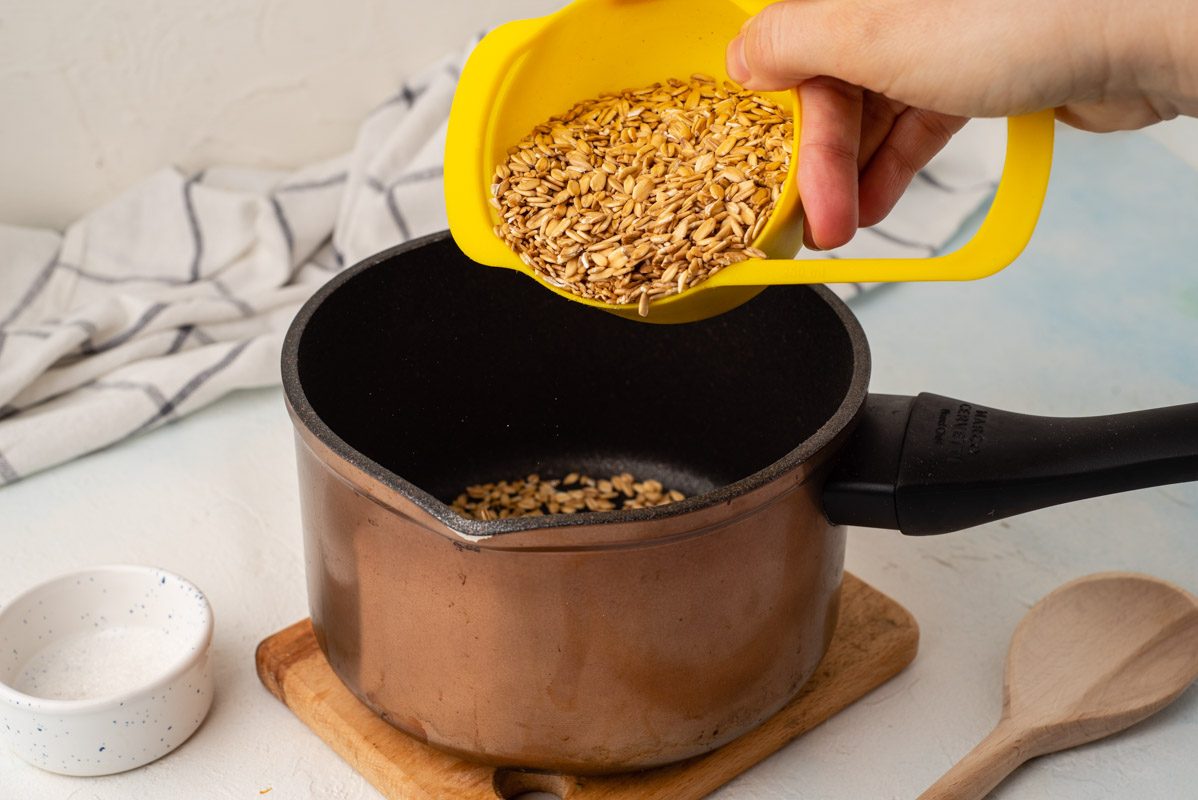;Resize,width=712;)
Put the oats into a small saucepan.
Put the oats into a small saucepan.
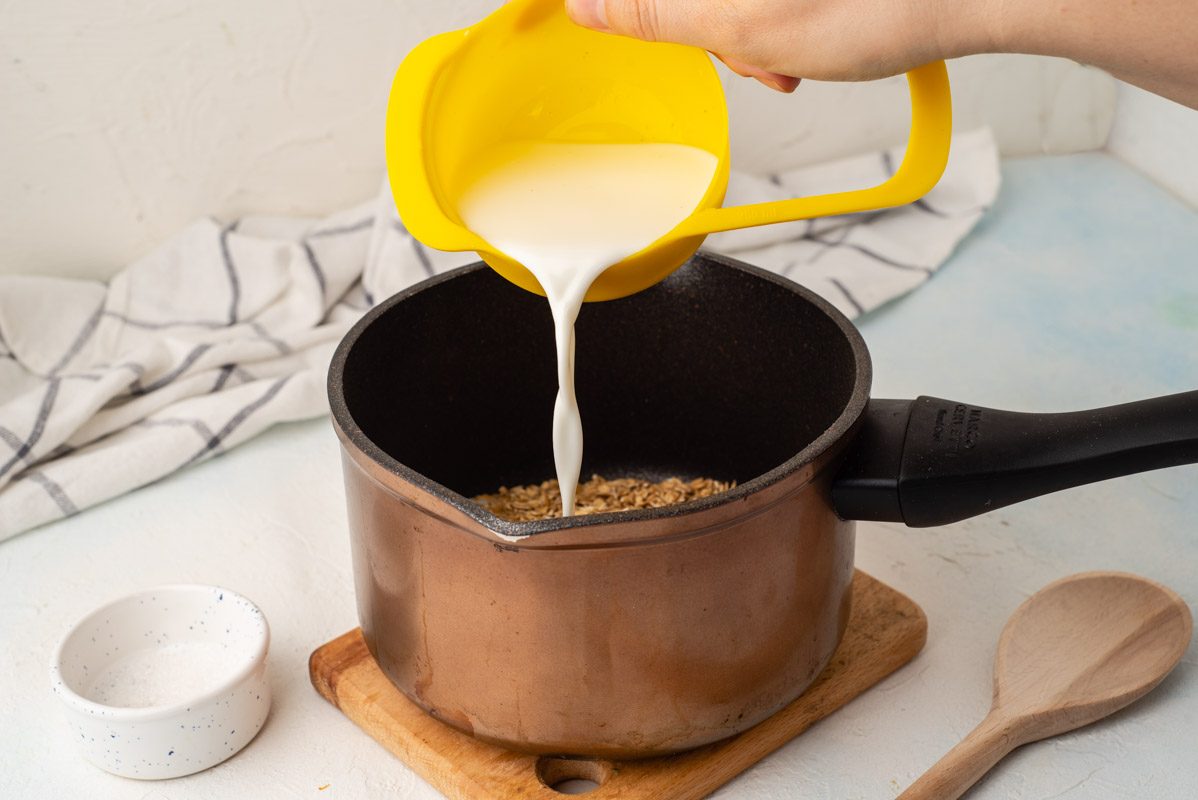;Resize,width=712;)
Pour in the milk.
Pour in the milk.
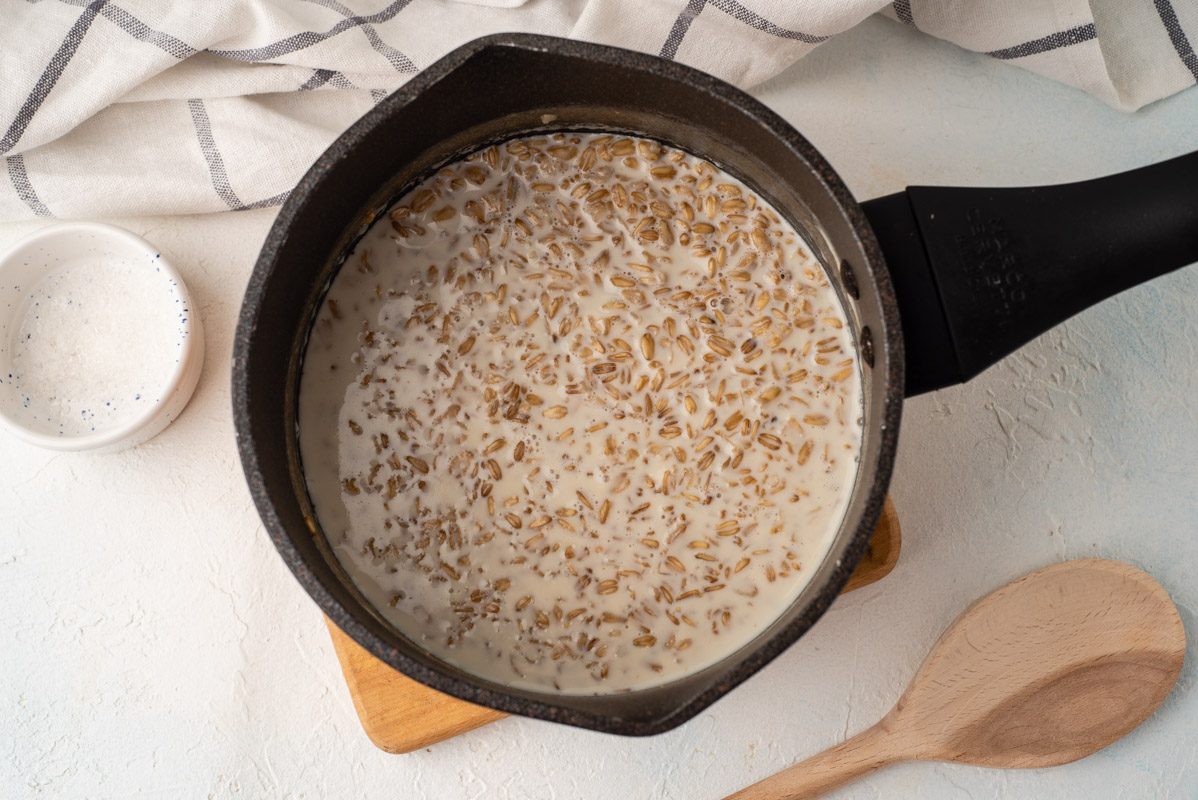;Resize,width=712;)
Add a pinch of salt. Bring the oats to a gentle boil, stirring constantly until the mixture thickens.
Add a pinch of salt. Bring the oats to a gentle boil, stirring constantly until the mixture thickens.
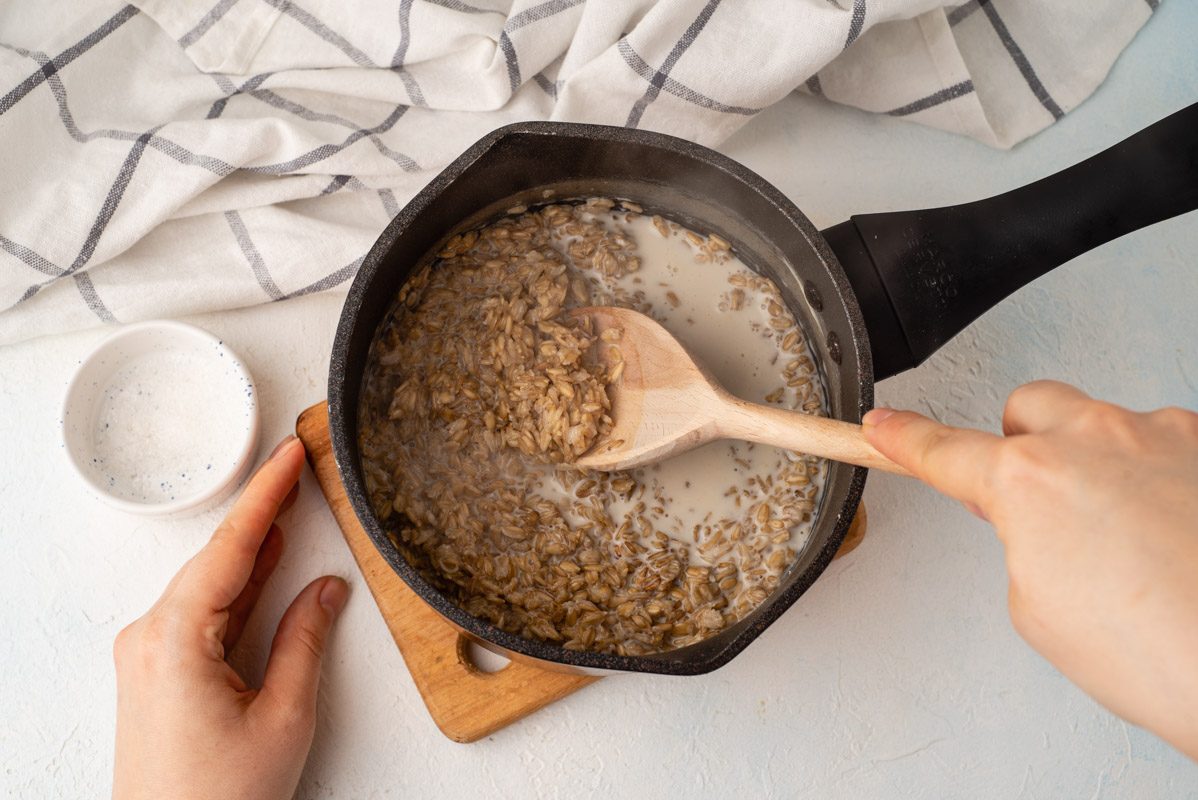;Resize,width=712;)
Turn the heat down and continue simmering the porridge for 10 to 15 minutes, or until it reaches your desired consistency. Take the pot off the heat and leave the porridge for 1 to 2 minutes.
Turn the heat down and continue simmering the porridge for 10 to 15 minutes, or until it reaches your desired consistency. Take the pot off the heat and leave the porridge for 1 to 2 minutes.
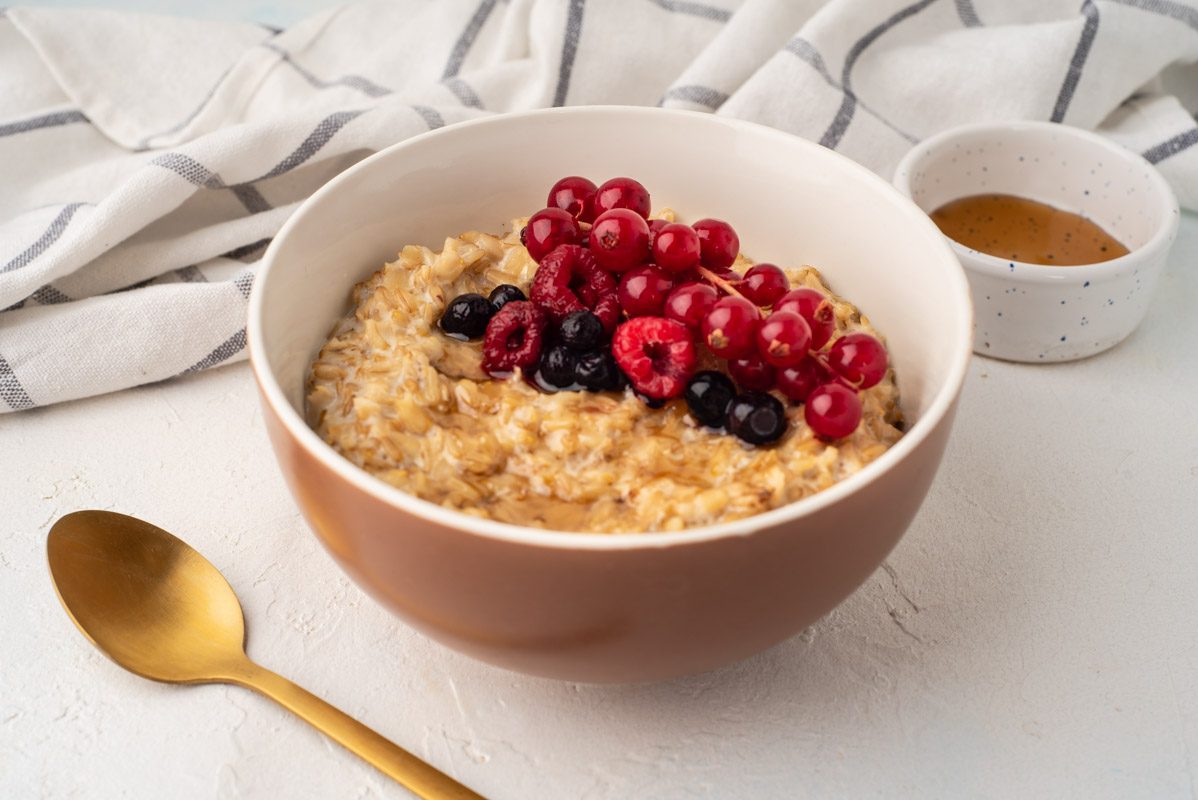;Resize,width=712;)
Transfer the porridge to a bowl, add desired toppings, and serve.
Transfer the porridge to a bowl, add desired toppings, and serve.
Notes
You can substitute skim milk for whole milk if you're looking to cut calories.
;Resize,width=767;)
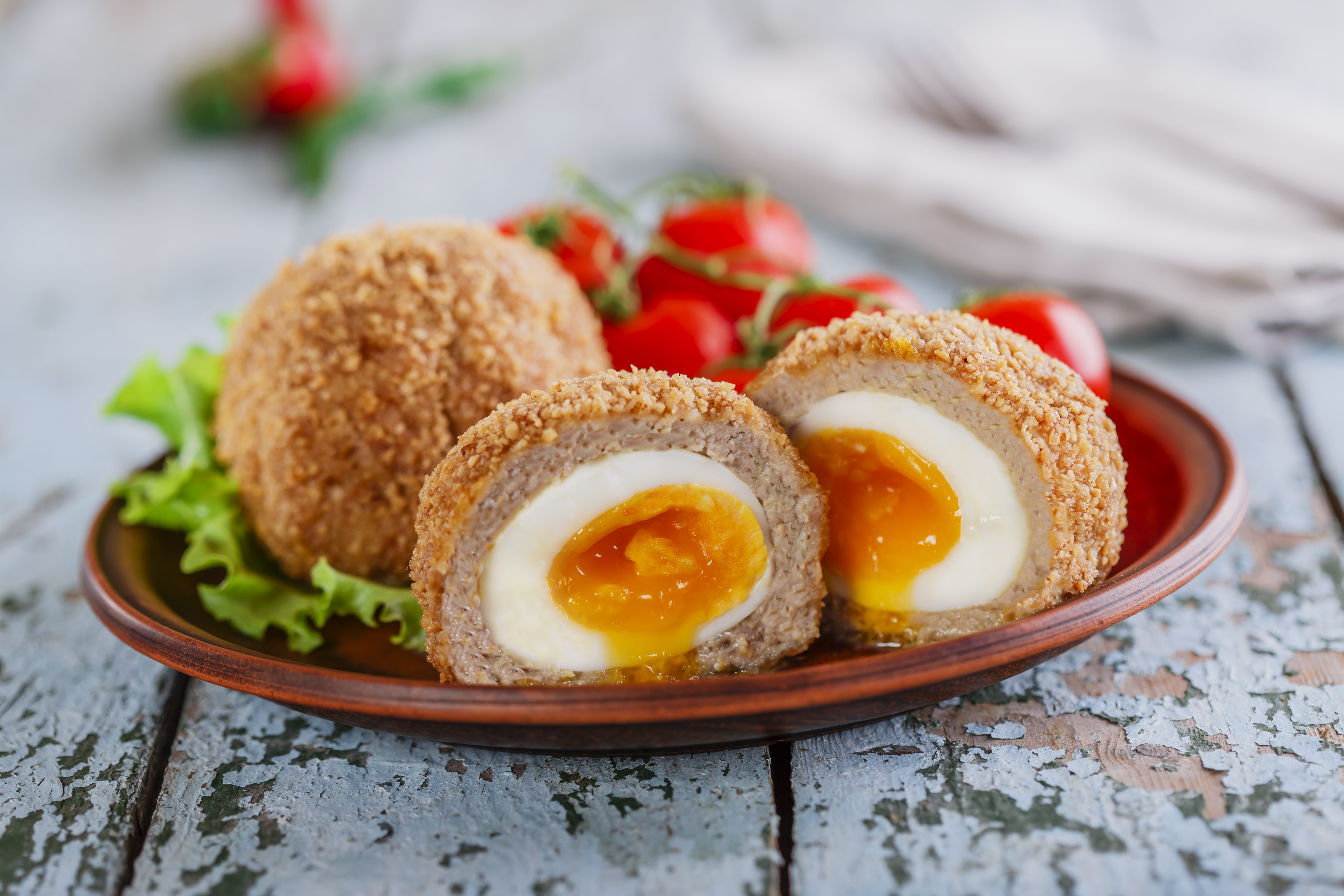;Resize,width=712;)
;Resize,width=712;)
;Resize,width=712;)
